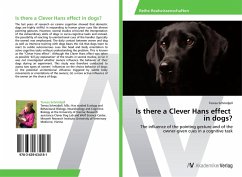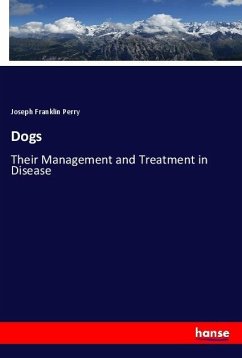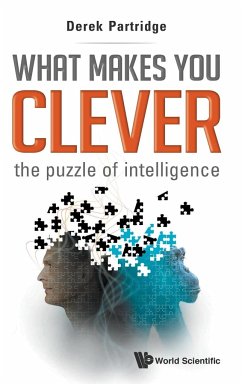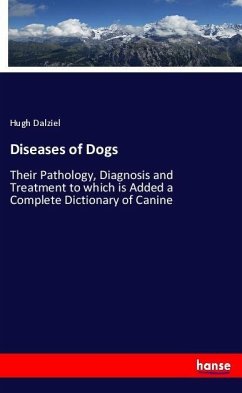
Is there a Clever Hans effect in dogs?
The influence of the pointing gesture and of the owner-given cues in a cognitive task
Versandkostenfrei!
Versandfertig in 6-10 Tagen
24,99 €
inkl. MwSt.

PAYBACK Punkte
12 °P sammeln!
The last years of research on canine cognition showed that domestic dogs are highly skillful in responding to human given cues like diverse pointing gestures. However, several studies criticized the interpretation of the extraordinary skills of dogs in socio-cognitive tasks and instead, the possibility of reacting to unintentional cues of the handler (typically the owner) was emphasized. The daily contact between owner and dog as well as intensive training with dogs bears the risk that dogs learn to react to subtle subconscious cues like head and body orientation to solve cognitive tasks witho...
The last years of research on canine cognition showed that domestic dogs are highly skillful in responding to human given cues like diverse pointing gestures. However, several studies criticized the interpretation of the extraordinary skills of dogs in socio-cognitive tasks and instead, the possibility of reacting to unintentional cues of the handler (typically the owner) was emphasized. The daily contact between owner and dog as well as intensive training with dogs bears the risk that dogs learn to react to subtle subconscious cues like head and body orientation to solve cognitive tasks without understanding the problem. This is known as the "Clever Hans effect". Although the Clever Hans effect was taken as possible 'kill-joy explanation' of the results in several studies, so far it was not investigated whether owners influence the behavior of their dogs during an experiment. This study was therefore conducted to assess two types of owners' influences on the choice behavior of dogs; (i) the potential unintentional influence triggered by subtle body movements or orientations of the owners; (ii) a more active influence of the owner on the choice of dogs.












